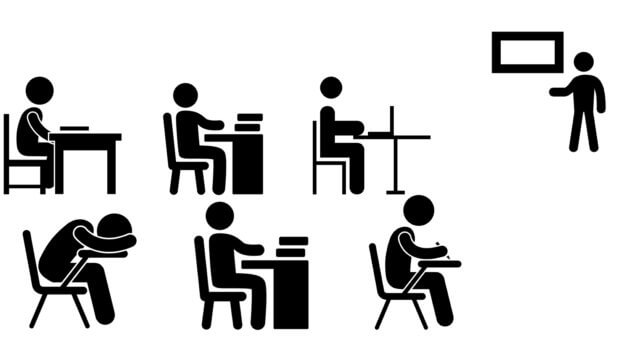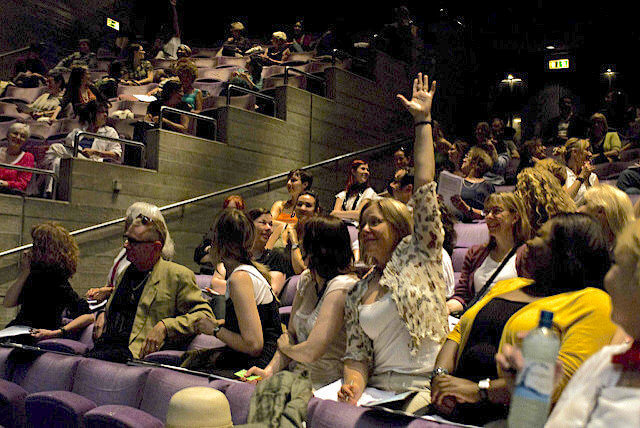The workshop that wasn’t

“You’ll love this…I went to a 4 hour morning workshop at this digital conference. The speaker said, this will be interactive because no one wants to listen to me talk for four hours. He then proceeded to talk for 4 hours!
I did learn stuff and it prompted some ideas, but imagine how much better they might stick if it actually was a workshop. Also, he polled people in the audience and asked who was B2B [business-to-business] and who B2C [business-to-consumer]. 90 percent of the room was B2B…his presentation was almost all B2C.”
Sadly, experiences like this are far too common. Speakers (and the folks that concoct conference programs) decide to jazz up the description of a broadcast-style session by calling it a workshop.
The dictionary definition of a workshop is: “a seminar, discussion group, or the like, that emphasizes exchange of ideas and the demonstration and application of techniques, skills, etc.”.
Workshops that are
The lecture Traci had to endure wasn’t a workshop. Genuine workshops include significant, frequent, and appropriate work by participants, guided by leaders. The leaders typically have significant content-specific experience. However, they also need adequate facilitation skills to guide the group through the session’s activities.
Some workshops are better described as trainings, where the participants are novices and the leader supplies the vast majority of the content and learning environment. However, most workshops I’ve led included professionals with significant skills and experience.
Customizing a workshop
When running such sessions, it’s important to customize the workshop in real-time to meet the actual wants and needs of the participants, rather than plowing through a predetermined agenda that may be partially or largely irrelevant.
This did not happen at Traci’s event!
“Also, adapting your presentation isn’t tagging on “it’s the same for B2B” after every example…cause it’s not.”
Skilled leaders know to uncover the wants and needs of participants at the start of the session, and use the information to build an optimized workshop for attendees.
This sounds more difficult than it usually is. Preparation involves having a broad set of potential content, techniques, and skills to cover. Then, during the session, the leader concentrates on the wants and needs the attendees have initially shared, adjusting the time spent on each area to match the expressed interest.
One final suggestion
If a presenter (like me) is actually running a workshop, please don’t insist on calling them a speaker! In my experience, attendees prefer well-designed workshops to almost any other session format. Tell them the session is a workshop. They’ll appreciate the information (and likely the session too)!

 How often have you heard “Any questions?” at the end of a conference session?
How often have you heard “Any questions?” at the end of a conference session? Please don’t call me a speaker. Yes, anyone who’s met me knows I like to talk. It’s true: I have been accused (justifiably at times) of talking too much. Yes, I get invited to “speak” at many events.
Please don’t call me a speaker. Yes, anyone who’s met me knows I like to talk. It’s true: I have been accused (justifiably at times) of talking too much. Yes, I get invited to “speak” at many events.